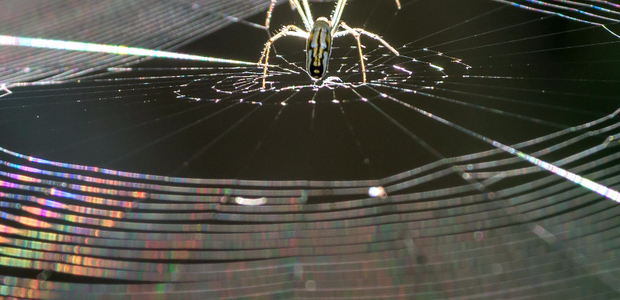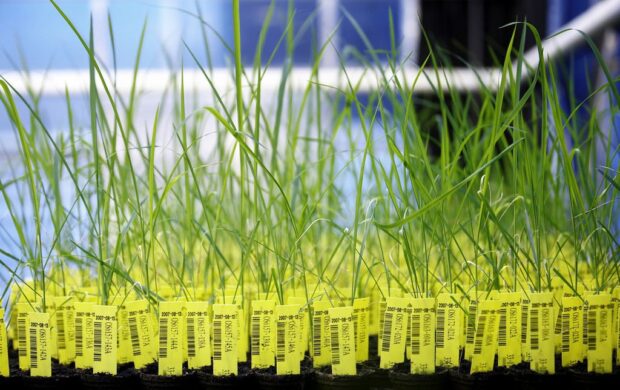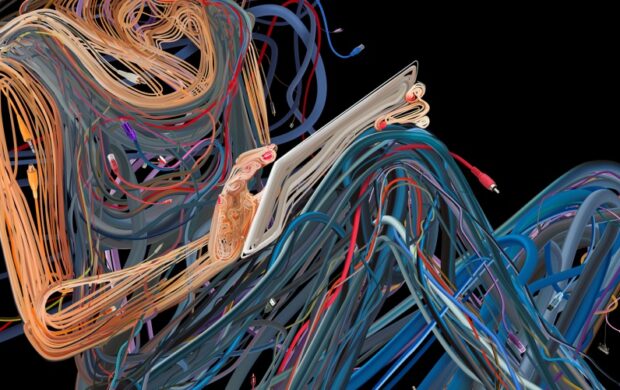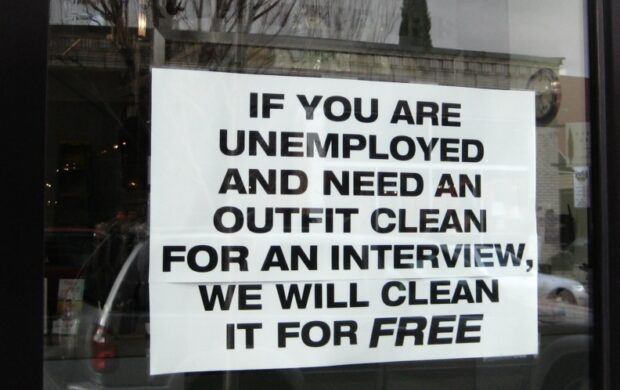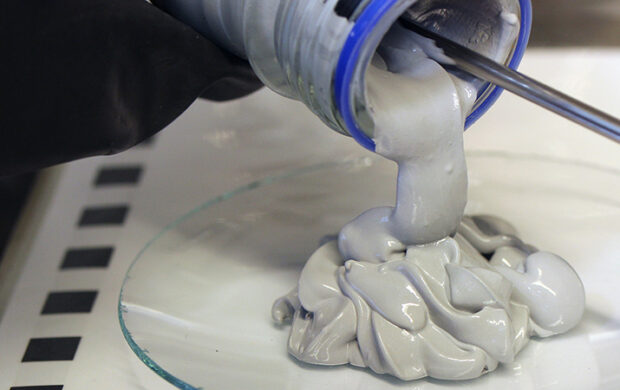Flash drives are a convenient way to take your data with you when you are on the go. They can help kids keep track of homeworkpay too. Children need to learn about flash drives in order to use them properly. Review these dos and don’ts to ensure that your child keeps their drivers safe.
DO: Keep the Drive in a Safe Place
Flash drives are not very sturdy. You need to keep your flash drive in a safe place if you don’t want to damage it. Children tend to put things in their pockets and forget about them. You can easily end up putting a drive through the wash. Stress the importance of keeping the drive in a safe place. If it needs to be kept in a pocket help your child come up with a place to put it when they come in the house- such as with house keys.
DO: Bring the Drive to School
Children should make it a habit to bring their drive to school. They may end up needing it even when they think they don’t. Flash drives are great for group projects too. If your child will be working with a friend after school, then he or she will want to have it on hand. If your child carries a house key on a key chain, then attach the drive so that it is always with him or her.
DO: Use the School Printer
Printing cartridges are expensive. They also drain quickly. It’s not uncommon to end up with an empty cartridge at home just when you are ready to print out an assignment. If your child keeps the drive on hand, it will be easy to use the printer at school. It also makes it possible to prove to the teacher that an assignment was completed.
DON’T: Skimp on Memory
Flash drives come in a variety of sizes for storing different sized files. If your child is going to use it on a regular basis, don’t get a small memory just to save a couple of dollars. You don’t want your child to have to carry more than one drive around for space reasons. It is hard enough to take care of one flash drive. Multiple drives can become a nightmare.
DON’T: Choose a Bulky Drive
There are jump drives in every style you can imagine. There are many that attract children with cartoon characters and special shapes. Your child may try to insist on a certain flash drive because they like it, but that doesn’t mean you have to get it for them. The drive shouldn’t be too bulky to fit in a pocket or binder. Versatility needs to come first in this instance.
DON’T: Pull out the Flash Drive Without Ejecting
You should never pull out a flash drive without ejecting it properly. Children need to be taught how to remove the drive in order to protect it. It is too easy to corrupt a flash drive by just yanking it out of the computer. If it is in the middle of transferring data it can be rendered useless. Teach your child how to right-click and eject the drive so that it lasts.
Your child will enjoy the benefits of using a flash drive. However, they have to learn how to take care of them so that they last. By following these simple dos and don’ts, you can make sure your child learns about flash drives the right way. Then you won’t find yourself running out to the store to replace one at the last minute. You also won’t have to deal with an upset child who erased his or her drive accidentally.





